THE PROGRESSION OF ANIMATION

Will CGI one day replace actors?
1983

2016
HOW DID WE GO FROM
pixelated Italians
hyper-realistic animations
TO
IN JUST 33 YEARS?
AND
will graphics like these
someday
REPLACE
our need for on-screen actors?

These are two video game examples, but this applies to movies as well.
Here's a timeline of how CGI has progressed in movies

Some of the

earliest instances
of
CGI in movies
were in Aladdin,
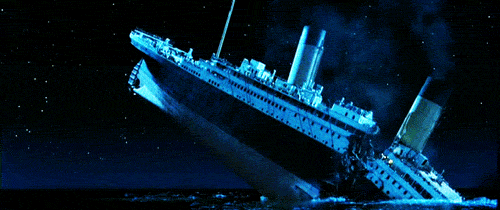
Titanic,
Terminator,
and
Jurassic Park.
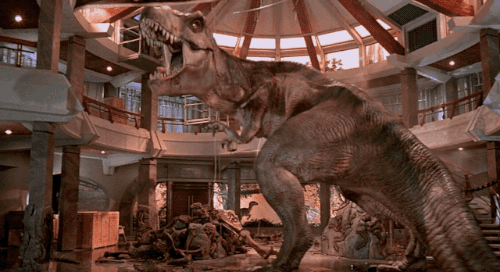
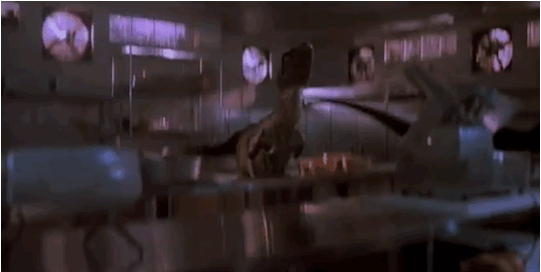
But these were movies that used CGI AND real-life sets and effects.
1992
1997
1984
1993

In 1995,
PIXAR
Disney and
released their first computer generated animated movie,
Toy Story.




has progressed dramatically over the years.
Their original Lamp animation doesn't hold a candle (or, in this case, a light bulb) to the quality of animation they display today.
Other animation studios similar to PIXAR like DreamWorks and Illumination have taken their place in the spotlight as well with movies like Shrek, How to Train Your Dragon, Despicable Me and The Secret Life of Pets.



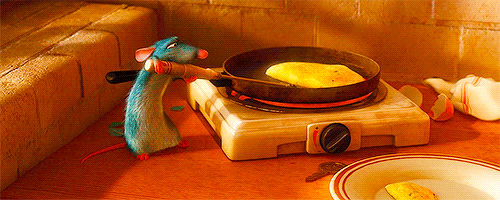






HOWEVER,
in 2004, The Polar Express was released, and incorporated a new motion capture technology. The result of which was something that many people found disturbing.
This was most likely because of
THE UNCANNY VALLEY






THE UNCANNY VALLEY
refers to an uneasy feeling people tend to have towards almost-but-not-quite people, like lifelike robots and CGI that's just a bit off.
But the technology didn't improve much, and there wasn't much hope for it...until
Motion capture technology appeared more in movies after The Polar Express, like in Monster House, A Christmas Carol, and Happy Feet.
Avatar
was released in 2009.





Lifelike but off CGI



With its groundbreaking realistic animation using the very same method as The Polar Express, Avatar paved the way for more advanced motion capture and CGI in the future. Years were spent working on the effects and details of this film to make the polished product it is today.


Focus back on
video games
for a moment.
They did, after all, play a
key role
in getting CGI where it is today.
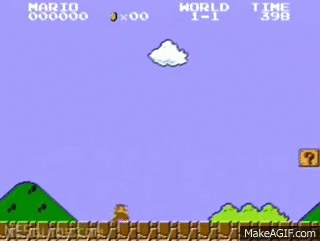

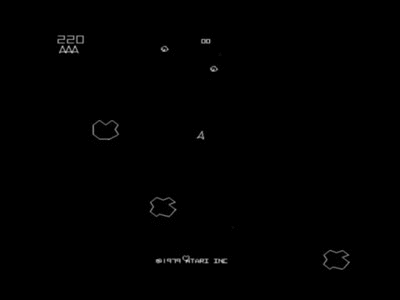


Just take a look at the visual progression here
(follow the arrows)
1972
1987
1985
1981
1979
1979
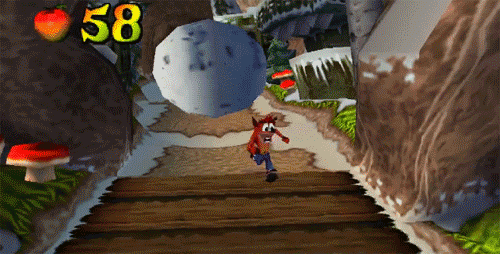


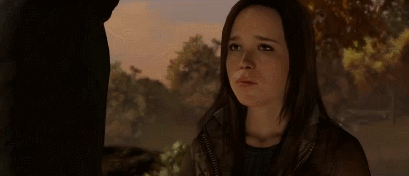

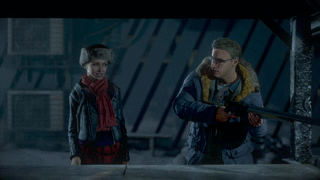

Beyond Two Souls (shown above) used motion capture technology like The Polar Express did, and was praised by critics for the lifelike movements of the characters. The game was so well received, and many other big game companies followed in its footsteps and used the same technology, like Until Dawn shown below.
2015
1996
2003
2004
2013





(wait for it...)
Today's graphics are getting closer and closer to
photorealism.
The only thing to conquer after top-of-the-line video game and movie graphics is
virtual reality.
2016
2014
2014
2016


Green screens and motion capture technology are common on box-office movie Hollywood sets nowadays. CGI may one day enhance or even replace actors in movies altogether. This could lead to bigger stunts, grander sets, and more adventurous places and plots due to this seemingly limitless technology. But actors will have to perform on sets colored bright green and/or wearing strange leotards covered in dots and cameras, which could lead to more stress for them and loss of the soul in their performance on-screen.

"In order to shoot the dwarves and a large Gandalf, we couldn't be in the same set. All I had for company was 13 photographs of the dwarves...Pretending you're with 13 other people when you're on your own, it stretches your technical ability to the absolute limits." --Ian Mckellen "Gandalf", according to ContactMusic




Computer generated images has come a long way. And as for CGI replacing actors, it's already been done here and there--and without knowing it's CGI, it's pretty hard to notice. In one scene in Captain America: Civil War, Tony Stark (Robert Downey Jr.) was actually a CGI copy, and so was Philip Seymour Hoffman who played Plutarch Heavensbee in The Hunger Games: Mockingjay pt. 2, if only for a few short CGI inserts.


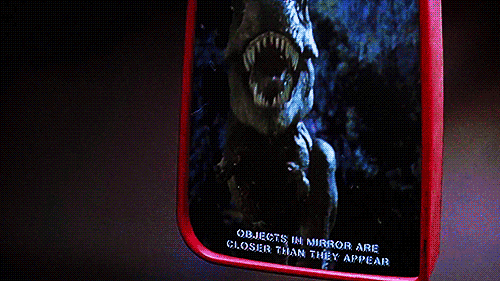

It’s possible that on-screen actors' becoming obsolete may be in our future, for better or worse.
There is, however, one thing we can expect:
the graphics will keep getting better and better.
Presentation by Loraine O'Brien
whsadvocateonline.com
